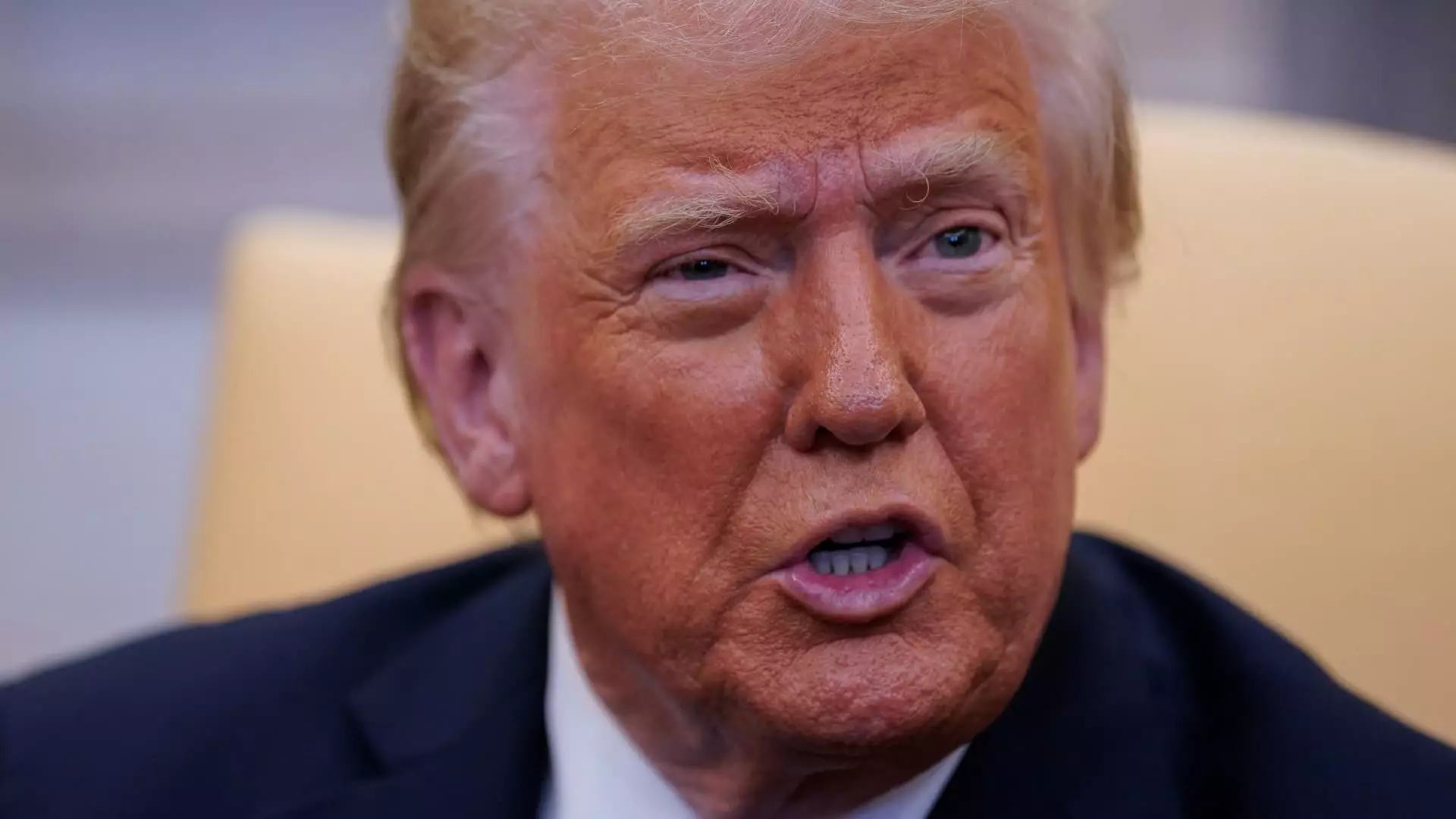In a surprising political maneuver, President Donald Trump has called for the termination of new penny production, justifying it as a measure to reduce government expenditures. The initiative reflects broader concerns about fiscal responsibility; however, the proposal’s implications extend beyond mere budgetary improvements. The value of copper and zinc stalwarts of U.S. currency faces scrutiny, inviting questions about the future of this once-cherished coin.
Trump’s claim—that producing pennies costs taxpayers more than their face value—certainly holds merit. According to U.S. Mint reports, the expenditure for manufacturing each penny reached an alarming 3.69 cents in 2024. This concern has persisted for nearly two decades, evoking critical discussions on whether the penny’s practical utility outweighs its economic burden. With each coin straying farther from its nominal value, the question begs: Is it time to rethink the role of low-denomination coins in an evolving economy?
Constitutional and Legal Ramifications
While Trump’s intentions may appear grounded in economic rationale, legal complexities arise regarding the enactment of such a directive. The U.S. Constitution grants Congress exclusive power over coinage, which presents a significant hurdle. Even though the Treasury Secretary possesses the authority to mint coins, the president may lack the constitutional mandate to unilaterally cease penny production. These ambiguities suggest that Trump’s decree may face potent legal challenges, potentially delaying any rapid transition away from the penny.
Market analysts are acutely aware of the ramifications of halting penny production. Jaret Seiberg from TD Cowen points out the potential crisis stemming from a shortage of pennies; retail environments heavily reliant on such low-denomination coins could face significant disruptions. Increased costs for businesses to procure coins from financial institutions might spiral into broader economic ripples, unsettling markets already grappling with inflationary pressures.
This eventuality appears to foreshadow a pivot towards electronic currency systems, as merchants and consumers might increasingly favor card transactions over cash, obviating the need for pennies. Such a shift would provide an advantage to payment networks like Visa and Mastercard, reinforcing the modern consumer preference for immediacy and convenience over archaic forms of currency.
The debate over the penny’s fate intertwines with larger discussions surrounding fiscal efficiency, constitutional authority, and evolving consumer habits. While the economic arguments against the penny accumulate, consideration must also be given to the cultural and historical significance of this coin. As the nation navigates a transition towards a more digitized economy, Trump’s proposal may serve as a pivotal moment in redefining not only the penny but the entire landscape of currency in the United States. A careful balance must be struck between practicality and tradition as America revisits the roles its coins play in daily life.

